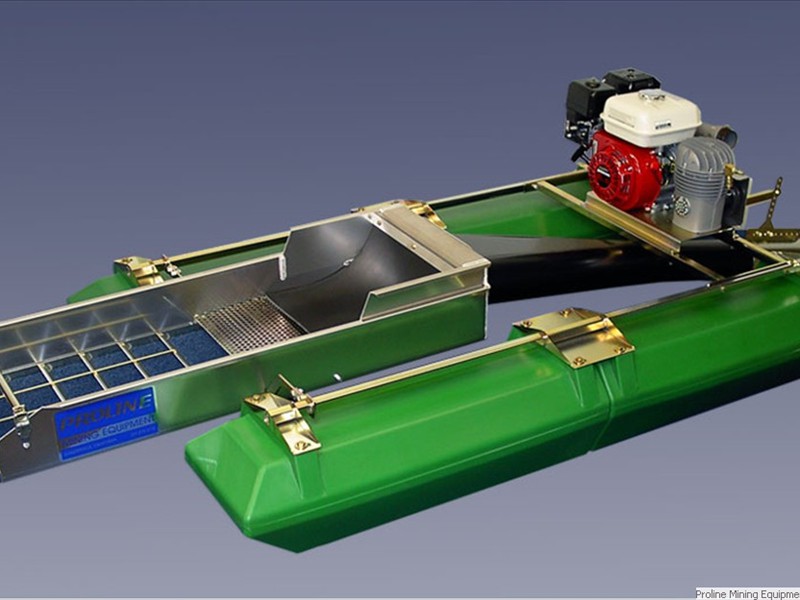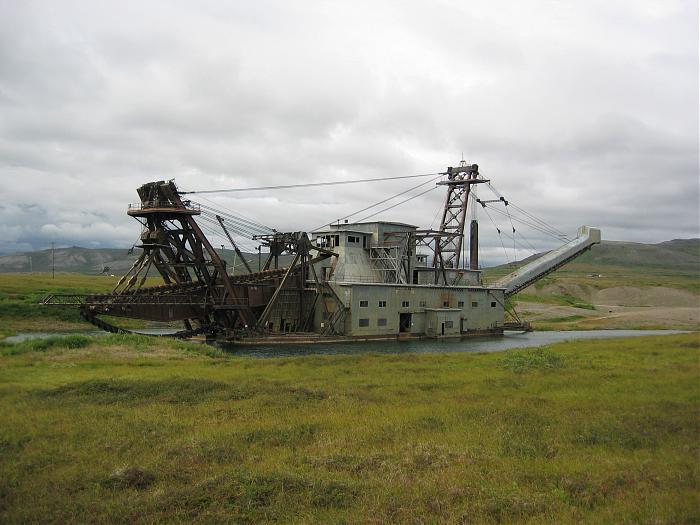

In January 2016 a moratorium on suction dredge mining was put in place until new guidance was passed by the legislature.

Ripped-up river bottoms stripped of gravel and sand, degraded spawning beds for salmon, and destroyed habitat for insects which provide food for trout and other fish are wholly unacceptable consequences of this destructive "hobby" and mining practice.Ĭalifornia banned the use of suction dredges in their waterways, and unfortunately, this caused many suction dredge miners to pack up their engines and migrate north to Oregon. But the cost to Oregon's rivers and environment from using polluting suction dredges can be enormous. While the goal of suction dredge miners is to strike it rich by finding gold or other precious metals, the reality is the overwhelming majority will never have made enough money to pay for their equipment. Miners pay almost nothing to access Oregon rivers with these destructive devices, but often leave Oregon taxpayers with huge bills for cleaning up the mess they leave.Įncountering a noisy, polluting, suction dredge isn't exactly the high point of a whitewater rafting or hiking trip along an iconic river like the Rogue. Anything that lives on the riverbed and is unlucky enough to be in the way gets sucked up as well. Suction dredge miners typically use noisy, pollution-belching gasoline or diesel motors to power raft-mounted vacuums which suck up the bed of a river or stream. Fortunately, the late Senator Alan Bates and others in the state legislature moved forward with legislation to better protect Oregon's rivers from suction dredge mining. The process is as unpleasant, and unhealthy, as it sounds. Oregon's rivers were facing a growing threat: the rapid rise of loosely-regulated suction-dredge mining. Iconic Oregon Rivers Are Threatened by Destructive Mining Map of protected rivers. It also provides some limited safeguards for other rivers. SB 3, the Suction Dredge Mining bill placed a number of key salmon streams off limits to suction dredge mining. Fortunately in the spring of 2017 Oregon passed legislation increasing protections of our rivers. Fortunately in 2013 Oregon decided to stand up for it's wild rivers and waterways, salmon, clean water, and quality of life as well. Regrettably, these miners have since come to practice their "hobby" at Oregon's expense.

Tours run all summer, check in the Dawson City Visitor’s Center to see when.Suction dredge miners were forced to leave California when the state banned the practice due to damage to salmon habitat. You can only go inside the dredge on an official tour. Visiting: Bonanza Creek is several miles outside town. Luckily, it was declared a historic site and restored in the 1990’s. When the mining operation on Bonanza Creek stopped in 1960, #4 was left in its own man-made pond, and slowly became buried in gravel. They’ll have some equipment that you’d find at any construction site – bulldozers, excavators, generators – and some you wouldn’t, like pumps and sluice boxes. Most claims are small operations – some worked by small teams, some by a single miner, some by families. Today, mining around Dawson has gone a bit back to its roots. Every year it would cover only a half mile of ground, but over the 46 years it operated this one dredge produced 9 tons of gold. The operation ran 24 hours a day, from April to November, in temperatures up to -20F. Another conveyor belt dumped the filtered gravel out of the back. The front of the dredge would dig deep into the gravel, carrying it up through conveyor belts and through the ‘sluice boxes’ inside the dredge, where water would separate gold from dirt. The dredge would move, slowly, by essentially digging itself a pond. It was barely over a decade since the first claim in the area, but the age of the lone prospector with a shovel and pan seemed long gone. By 1911, when Dredge #4 was built, there were two dozen operating around Dawson.Įight stories high, 2/3 as long as a football field, and running on electricity – the mining company had their own hydro plant on the Klondike River – this was the biggest and best gold mining setup around. The Klondike Gold Rush days lasted far longer in popular imagination then they did in reality, but by the time the swarm of prospectors had died down, industrial mining had moved right in. Above all, Dawson City is a gold mining town.


 0 kommentar(er)
0 kommentar(er)
